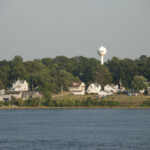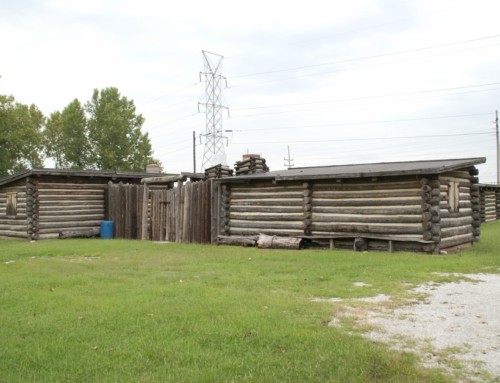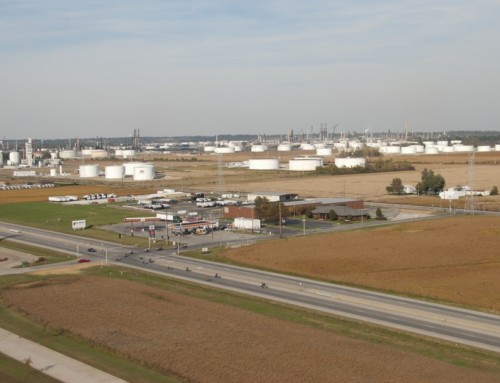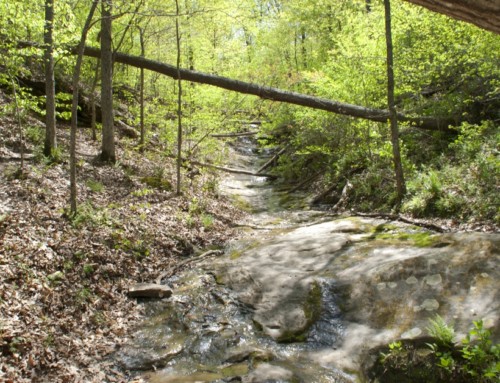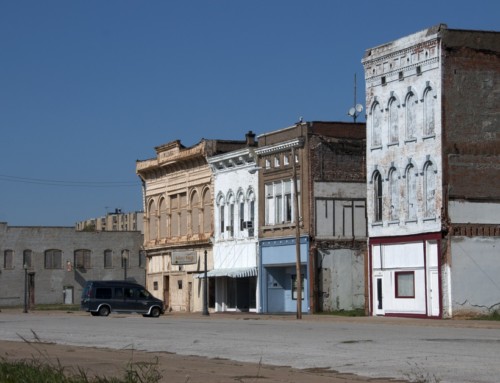Introduction
Albany has a long history of attracting rootless folks to settle down for a while, including Native Americans who established summer villages and river pilots who stuck around in winter. The town was home for many people whose occupations were tied to the river well into the 20th century.
Visitor Information
Direct your questions to the Albany Public Library (302 Main St.; 309.887.4193) or Albany Village Hall (101 Lime St.; 309.887.4064).
History
Settlers began arriving in Albany in the late 1830s; among the first was Erastus Allen who built a house in 1837. The Allen family named the new settlement Albany in honor of the city in their home state of New York. From its inception, Albany was a transportation hub and served as a way station for travelers, many of whom arrived via stage coach. The first hotel was built in 1837 and many more soon followed.
Ferries ran from Albany across the Mississippi River to Camanche beginning in 1840 with the horse-powered ferry operated by David and Samuel Mitchell. In the mid-1800s, ferry fare for a single person was 25¢, but it would cost you $1.50 to ferry your loaded wagon and team of oxen to the other bank of the river. The Mitchells bought a steamboat in 1850 to replace the horse-powered one, which operated until 1860 when the Great Tornado lifted it out of the Mississippi and trashed it. Ferry service from Albany continued into the early part of the 20th century.
Early industry in town was, naturally, closely linked to the river, and included sawmills, a pearl button factory, and fisheries. Albany suffered severe damage from the tornado of June 3, 1860 that wiped out neighboring Camanche, Iowa. Albany suffered five deaths, dozens of serious injuries, and the loss of over 100 buildings, including most of its commercial properties. The brick Presbyterian Church was leveled; its bell, the only one in town, was found a block away; the pulpit Bible was also recovered, although the tornado had edited out several chapters of Genesis.
The town started losing population and industry after the tornado. A large proportion of Albany’s population was involved in trades directly related to the river, including river pilots, barge hands, and commercial fishers. This continued well into the 1950s when new industries located near Albany and the town experienced a modest influx of new families.
Exploring the Area
There are many places in the Mississippi Valley to see Indian burial mounds, but few are as informative as the Albany Indian Mounds State Historic Site (Cherry St.; 309.887.4335). The site has numerous conical mounds built by Indians of the Hopewell culture (200 BCE–300 CE), people who had extensive trade networks that stretched across much of North America. This site once had nearly 100 burial mounds; about half remain. Many are still visible and easily reached along a well-groomed trail with plentiful interpretive signs.
Parks Along the Mississippi River
Dolan Memorial Park (309.887.4064) is a small riverside park at the south end of town that has a few picnic tables.
Sports & Recreation
The 62-mile Great River Trail that runs from Rock Island to Savanna passes through Albany.
**Looking for other places to visit along the Mississippi River? Check out Road Tripping Along the Great River Road, Vol. 1. Click the link above for more. Disclosure: This website may be compensated for linking to other sites or for sales of products we link to.
Resources
- Albany Public Library: 302 Main St.; 309.887.4193.
- Post Office: 204 3rd Ave. South; 309.887.4433.
©Dean Klinkenberg, 2024, 2021, 2018,2013,2011
Community-supported writing
If you like the content at the Mississippi Valley Traveler, please consider showing your support by making a one-time contribution or by subscribing through Patreon. Book sales don’t fully cover my costs, and I don’t have deep corporate pockets bankrolling my work. I’m a freelance writer bringing you stories about life along the Mississippi River. I need your help to keep this going. Every dollar you contribute makes it possible for me to continue sharing stories about America’s Greatest River!
